#saint thomas becket
Explore tagged Tumblr posts
Text
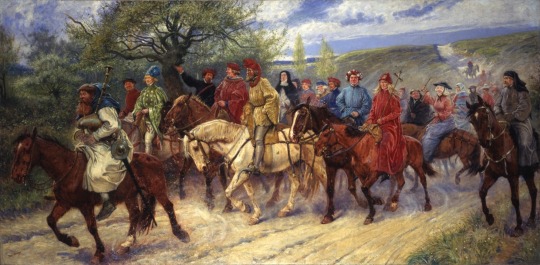
The Canterbury Pilgrims by Paul Hardy
#the canterbury tales#art#illustration#paul hardy#canterbury#pilgrims#england#medieval#middle ages#english#geoffrey chaucer#chaucer#history#canterbury tales#tales of caunterbury#st thomas becket#saint thomas becket#kingdom of england
428 notes
·
View notes
Text

Happy Feast Day
Saint Thomas Becket
1118 - 1170
Feast day: December 29
Patronage: secular clergy; Portsmouth, England; Exeter College, Oxford, England
Thomas Becket, also known as Saint Thomas of Canterbury, was Archbishop of Canterbury, from 1162 until his murder in 1170. He is venerated as a saint and martyr by both the Catholic Church and the Anglican Communion. He engaged in conflict with Henry II of England over the rights and privileges of the Church and was murdered by followers of the king who split his skull with their swords as he knelt before the altar at Canterbury Cathedral.
Prints, plaques & holy cards available for purchase. (website)
34 notes
·
View notes
Text
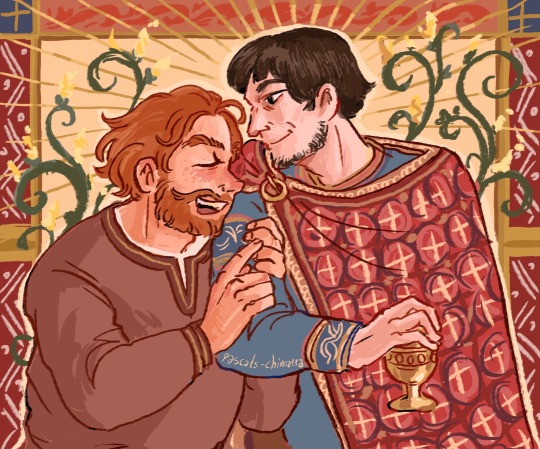
I'd be appalled if I saw you ever try to be a saint / Couldn't fall for someone I thought couldn't misbehave / I want you to know that I've had no love like your love
#Henry ii#thomas becket#Saint Thomas Becket#12th century#medieval#becket or the honor of God#my art#henrybecket#Was listening to wasteland baby and was like. Huh. Hmmm . Hah
23 notes
·
View notes
Text

No one out here doing it like the people writing either fanfic about the movie Becket or straight up writing rpf about my Roman Empire: Thomas Becket
#there’s like 20 works that have him as a character at least#anyway I am deeply obsessed with this man#my post#Thomas becket#saint Thomas becket#also the most hated historical figure per some uk polls lol
2 notes
·
View notes
Text
St Thomas Becket
Today is the feast day of St Thomas Becket of Canterbury, venerated as a saint and martyr by both the Catholic and Anglican Churches. His conflict with Henry II, King of England, over the rights and privileges of the Church led to his murder by followers of the king in Canterbury Cathedral. T.S. Eliot's play Murder in the Cathedral, tells his story.
10 facts about him:
0 notes
Text
SAINT OF THE DAY (December 29)

St. Thomas Becket was born around the year 1117 in London, England.
He was the son of pious parents, and his mother converted to Christianity through the example and teachings of his father.
From his early youth, Thomas was educated in religion and holiness.
After his childhood, Thomas was then taught at a monastery and later at a school in London.
After the death of both his parents, Thomas decided to finish his schooling by studying canon law.
He was successful in his studies and was made secretary to one of the courts of London.
After working for a while at law, Thomas decided to dedicate the rest of his life to God and began to work towards ordination.
In all that he did, Thomas diligently applied himself and became well known as a holy and honest worker.
His work came under the scrutiny of his friend, King Henry II. In 1157, Thomas was asked to serve as Lord Chancellor to the king.
After the bishop of Canterbury died, Henry sought to elect Thomas to the position. In 1162, this suggestion was accepted by a synod.
Thomas warned the king that it might cause friction and conflict of interests, but accepted the position.
Thomas served as bishop by seeking to help the people and develop his own holiness.
He practiced many penances and was very generous to the poor with both his time and his money.
As Henry's reign continued, he began more and more to exercise his hand in Church affairs.
This caused many disagreements with Thomas, and after one especially trying affair, he retired for a while to France.
When Thomas returned to England, he again became involved in a dispute with the king.
Some of the king's knights saw this as treason, and as a result, they killed Thomas in his own Church.
From St. Thomas, the modern Catholic can find inspiration to be courageous in their steadfastness with what they know to be right and holy.
5 notes
·
View notes
Text
Avranches, Normandie









#europe#france#normandie#avranches#general patton#place patton#deuxieme guerre mondiale#liberation#la manche#char#tank#sherman M4A4#donjon#drapeau#square thomas becket#mont saint michel#vacances#hiver
2 notes
·
View notes
Text
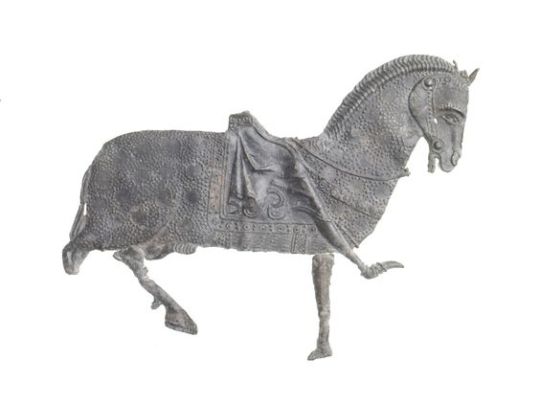
Part of a pilgrim badge from the shrine of St Thomas Becket at Canterbury Cathedral. This badge depicts part of the scene of Thomas Becket returning from exile in France and refers to his journey from Sandwich to Canterbury on horseback. All that remains of this badge is Becket’s dappled horse and the lower part of Becket’s body. Becket’s cloak hangs in folds across the saddle and his right leg is stretched out straight ahead. He wears pointed shoes.
Thomas Becket was born in London in 1118. He became a royal official and a great friend of King Henry II. He was made Archbishop of Canterbury in 1162. He argued with King Henry II, and fled to France in 1164. Thomas Becket returned to Canterbury in 1170 and was killed in the cathedral by four knights who thought this would please the king. People were outraged at the murder of an archbishop on holy ground and Becket was made a saint. He became one of the patron saints of London. Many Londoners travelled to Canterbury to pray at the shrine there and bought badges and ampullae (small bottles for holy water) as souvenirs of their pilgrimage.
Late Medieval; late 14th century
#St Thomas Becket#Late Medieval#late 14th century#pilgrim badge#patron saints of London#patron saint#museum of london
20 notes
·
View notes
Text


THE DESCRIPTION OF SAINT THOMAS BECKET Feast Day: December 29
"Wait the end with joy. It is the end which characterizes everything and which tests a man's expectations."
Pictured above is from the 1964 film starring the late Richard Burton.
Born in London in 1118, Thomas was of Norman stock. He was initiated into an ecclesiastical career at a young age. Trained in the abbey of Merton, he later studied in France and at the University of Bologna and soon distinguished himself for his intellectual qualities. In 1154 he became archdeacon of the diocese of Canterbury and the following year, the new king of England, Henry II, appointed him chancellor of the realm. Thomas was the king's most trusted man. He lived a comfortable life, and did not disdain the symbols and privileges of power. However, the future Saint did not fail in generosity towards the poor, and showed an inner freedom even in the face of the sovereign, to whom he was not only a counselor, but also a trusted friend.
The turning point in the life of Thomas Becket took place in 1161 when he accepted election as Archbishop of Canterbury. That appointment was strongly advocated by King Henry, who would never have thought of finding a proud adversary in the man, who was once his closest collaborator. Thomas, however, was from then, on, a servant first of a man far greater than the king of an earthly state. The contrast intensified when Henry II sought to limit the freedom and independence of the Catholic Church in England, through the Clarendon Constitutions.
The king asked Thomas to sign the Charter to limit the prerogatives of the Church, but found an insurmountable bulwark in the new Archbishop of Canterbury. Thomas refused decisively: 'In the name of God Almighty, I will not put my seal.' The old friend thus becomes, in the eyes of the king, a bitter enemy.
Thomas would know the bitterness of exile: after a trial, he fled to France and was first the guest of a Cistercian monastery in Pontigny, for two years. He would spend six years away from his homeland, all told. When he returned to Canterbury he met the joyful reception of the faithful, but an even deeper aversion from the Crown.
It is said that one day Henry II exclaimed in exasperation, words to the effect of, 'Will no one rid me of this turbulent priest!' - an exhortation taken literally by four knights who left London for Canterbury.
Thomas Becket was barbarously killed by stabbing inside his Cathedral. It was December 29, 1170.
It is said that the question of the murderers: 'Where is Thomas the traitor?' was answered with: 'I am here, though I am not a traitor, but a bishop and priest of God.'
The commotion aroused by this killing was immense, reaching far beyond the borders of England, so much so that only three years later, on 21 February 1173, Pope Alexander III recognized his martyrdom, elevating him to the honor of the altars.
Source: Vatican News
#random stuff#catholic#catholic saints#thomas becket#tomas becket#england#secular clergy#exeter college#becket (1964)
4 notes
·
View notes
Note
Vote for St. Thomas a Beckett! Anyone who could still piss off Oliver Cromwell 350 years after his death at least deserves a chance!
YASS YESS YISSSS THOMAS BECKET!!!!! send more propaganda for him!!!
another vote recorded :)
12 notes
·
View notes
Text
We made a Model depicting the Murder of Thomas a Becket in School. Using Eggs. The broken one was Becket.
(To elaborate a bit, Becket was a Catholic Medieval Archbishop who was given the role by his friend, The King. With the idea that this would smooth over the reforms King Henry wanted to do. This did not. Becket took the job. A lot more seriously than expected. No Corruption. No Favours.
Eventually things boiled over and a group of Knights marched into Canterbury Cathedral and sliced off the top of his skull. Brains everywhere. He became venerated so quickly after that the church kind of had to canonise him due to his popularity.
Henry went on a lengthy penance as a consequence of this, voluntarily. His side of the story was that the assassination was the result of his Knights hearing him yell ‘who will rid me of this Turbulent Priest’ and.. deciding to do something about it.
It’s a shame we didn’t do Eggs And Soldiers though. That would have been funny.
what

82 notes
·
View notes
Text

Happy Feast Day
Saint Edward the Confessor
1003-1066
Feast Day: October 13
Patronage: difficult marriages, separated spouses, English royal family. Kings.
Saint Edward the Confessor was England’s first Anglo-Saxon and only King to be canonized. This beloved King regained his throne at 40 in which during his reign there was almost an unbroken peace. He repulsed invasions, helped restore the King of Scotland’s throne, was generous to the poor, had a deep piety, purity, and love for God. His touch had the power to heal. St. Peter’s Church at Westminster Abby was built during his reign. He’s represented holding a ring he once offered to St. John disguised as a beggar. In 1163, St. Thomas Becket interred his incorrupt body to Westminster Abbey.
Prints, plaques & holy cards available for purchase. (website)
80 notes
·
View notes
Text



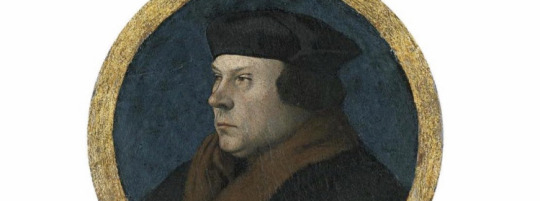


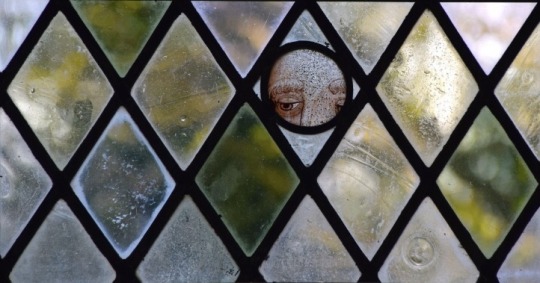
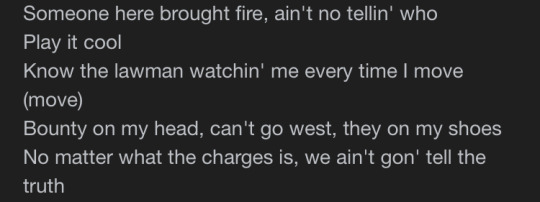








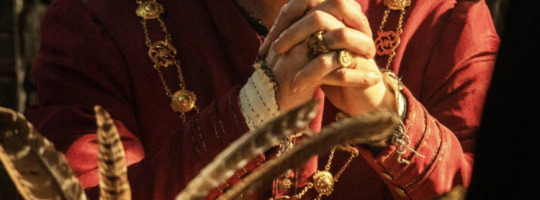






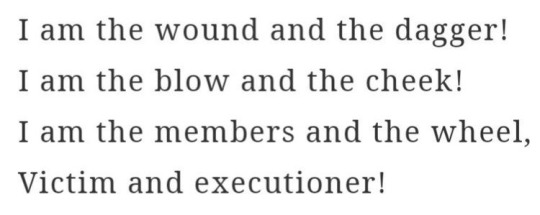
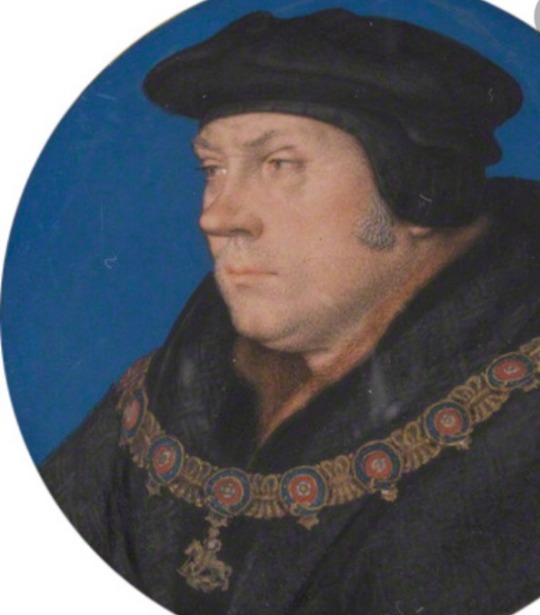
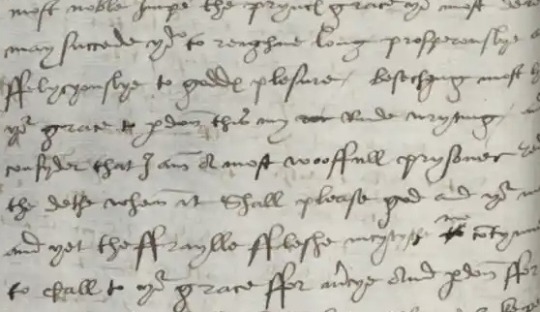
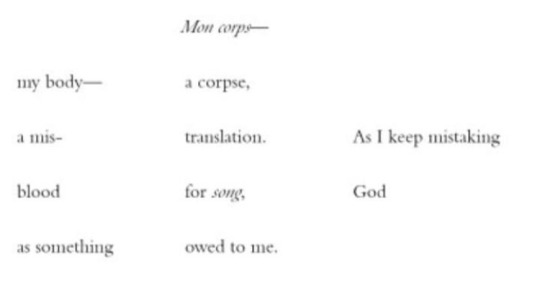

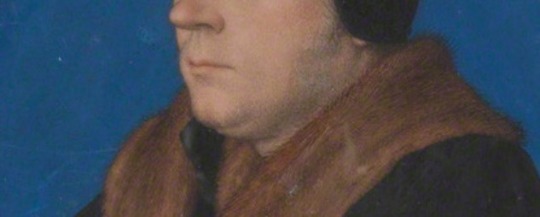

Description of the primary documents:
Image 9/document 1:
a book of hours. Thomas Becket's name is erased from the calendar of saint's days
Image 10/document 2:
Cromwell's arms in the book of heralds after his fall. 'X's show where they've been crossed out
Image 21/document 3:
'questions to be axid of thomas cromell'
in henry viii's hand, the heading to a list of questions regarding the Cleves marriage
Image 26/document 4:
Cromwell's letter to the king from the tower
Image 28/document 5:
His parliamentary attainder
#this is well ugly. but we move!#I don’t foresee the ‘you can choke’ being well-received. but it’s in specific reference to his ‘low birth’ and how flagrant he was#about it and how little he seemed to have cared?#I got way too carried away w this#and thus continues my doing quote boards for Thee most unpopular Tudor figures#I did one of Henry and ngl I’m tempted to do another#(when I say unpopular. that’s like. within reason. as in I’m not gonna be out here doing one for thomas seymour. or richard riche. ya ken?)#also this was a bit annoying to make because the fucker sat in the same position. facing the same direction. in the same outfit#with the same expression. in every portrait of him ever#which does not lend itself well to this sort of thing#(altho actually tbf i do think he has a softer? expression in the miniatures than in the main Holbein portrait)#also on the real that medal is incredibly well made. they even managed to do some wee curls poking out from under the hat#to get that kinda detail with just hand tools...#phew#also cowboy carter is a banging album and if you havent listened to it you should#thomas cromwell#the tudors#wolf hall#also i did put one positive/happier quote in there because well. outside of wolf hall i dont think people do know as much about#the good things he did and tried to do#he's incredibly complex to put it mildly
30 notes
·
View notes
Text
Traditional feast days within the Twelve Days of Christmas:
December 25: Christmas Day, the Nativity!
December 26: St. Stephen the first martyr
December 27: St. John the Evangelist
December 28: The Holy Innocents, murdered by Herod
December 29: St. Thomas a Becket and David
December 30: The Feast of the Holy Family (traditionally celebrated on the Sunday within the Octave, but on this day if there is no such Sunday)
December 31: St. Sylvester I, pope during the reign of Constantine and the Council of Nicaea
January 1: Octave-Day of the Nativity, traditionally the Feast of the Circumcision (and now of Mary, Mother of God)
January 2: Feast of the Holy Name of Jesus
January 3: Traditionally no particular saint (that I can find)
January 4: Traditionally no particular saint (now St. Elizabeth Ann Seton)
January 5: St. Telesphorus (second-century pope and martyr) and St. Edward the Confessor (King of England 1042-1066)
January 6: Epiphany! Feast of the Coming of the Magi, the Baptism of Our Lord, and the Wedding at Cana
(An eagle-eyed observer may note that there are thirteen days on this list. Opinions differ slightly as to whether the Twelve Days begin on the 26th or end on the 5th, but I don't think it matters terribly.)
(Also I probably missed some feast days.)
163 notes
·
View notes
Text
He waved his sword at Thomas, pushing it closer and closer to his face, as if daring himself to let the blade touch the priest. Thomas stood like a stone, his eyes focused on the knight, not the sword. Suddenly, with a quick twist of the wrist, Reginald knocked Thomas's cap off. [Brother] Philip was suddenly filled with hope again. They can't bring themselves to do it, he thought; they're afraid to touch him. But he was wrong. The knights' resolution seemed to be strengthened by the silly gesture of knocking off the archbishop's cap; as if, perhaps, they had half expected to be struck down by the hand of God, and the fact that they had gotten away with it gave them courage to do worse. Reginald said: "Carry him out of here." [...] Philip despaired. They had touched him at last. They were, after all, willing to lay hands on a man of God. Philip had a stomach-lurching sense of the depth of their evil, like looking over the edge of a bottomless pit. They must know, in their hearts, that they would go to hell for this; yet still they did it. [...] One of the knights raised his sword. Philip, still on the floor, gave a long, helpless yell of protest: "Noooo!" Edward Grim held out his arm to ward off the blow. Thomas said: "I commend myself to Go—" The sword fell. It struck both Thomas and Edward. Philip heard himself scream. The sword cut into the archbishop's skull and sliced the priest's arm. As blood spurted from Edward's arm, Thomas fell to his knees. Philip stared aghast at the appalling wound to Thomas's head. The archbishop fell slowly forward onto his hands, supported himself only for an instant, then crashed onto his face on the stone floor. Another knight lifted his sword and struck. Philip gave an involuntary howl of grief. The second blow landed in the same place as the first, and sliced off the top of Thomas's skull. It was such a forceful swing that the sword struck the pavement and snapped in two. The knight dropped the stump. A third knight committed an act which would burn in Philip's memory for the rest of his life: he stuck the point of his sword into the opened head of the archbishop and spilled the brains out onto the floor. Philip's legs felt weak and he sank to his knees, overcome with horror. The knight said: "He won't get up again — let's be off!" [...] The atmosphere of the church was thick with emotion as the people gathered around the corpse of the archbishop. Priests, monks, and townspeople came slowly nearer, stunned and full of dread. [...] One or two of them were muttering prayers, or just moaning half-audibly. A woman bent down and touched the dead body, as if for luck. Several others followed suit. Then Philip saw the first woman furtively collecting the blood in a tiny flask, as if Thomas were a martyr. [...] The citizens were treating Thomas like a martyr, eagerly collecting his blood and his clothes as if they had the supernatural powers of saints' relics. Philip had been regarding the murder as a political defeat for the Church, but the people did not see it that way: they saw a martyrdom. And the death of a martyr, while it might look like a defeat, never failed to provide inspiration and strength to the Church in the end. [...] There was something familiar about the situation, he realized. A mutilated corpse, a crowd of onlookers, and some soldiers in the distance: where had he seen this before? What should happen next, he felt, was that a small group of followers of the dead man would range themselves against all the power and authority of a mighty empire. Of course. That was how Christianity started.
- Ken Follett (The Pillars of the Earth, pages 956, 956-957, 958-959, 959, 960). Bolded emphases added.

Feast of Saint Thomas Becket; Archbishop of Canterbury, martyred on 29 December 1170
98 notes
·
View notes
Text
SAINT OF THE DAY (December 29)
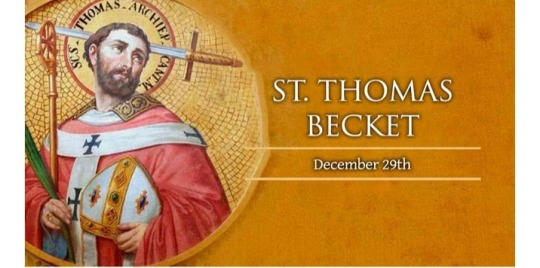
St. Thomas was born around the year 1117 in London, England.
He was the son of pious parents. His mother converted to Christianity through the example and teachings of his father.
From his early youth, Thomas was educated in religion and holiness.
After his childhood, Thomas was taught at a monastery, and later, at a school in London.
After the death of both his parents, Thomas decided to finish his schooling by studying canon law.
He was successful in his studies and was made secretary to one of the courts of London.
After working for a while at law, Thomas decided to dedicate the rest of his life to God and began to work towards ordination.
In all that he did, Thomas diligently applied himself and became well known as a holy and honest worker.
His work came under the scrutiny of his friend, King Henry II.
In 1157, Thomas was asked to serve as Lord Chancellor to the king. After the bishop of Canterbury died, Henry sought to elect Thomas to the position.
In 1162, this suggestion was accepted by a synod. Thomas warned the king that it might cause friction and conflict of interests, but nevertheless accepted the position.
Thomas served as bishop by seeking to help the people and develop his own holiness.
He practiced many penances and was very generous to the poor with both his time and his money.
As Henry's reign continued, he began more and more to exercise his hand in Church affairs.
This caused many disagreements with Thomas, and after one especially trying affair, he retired for a while to France.
When Thomas returned to England, he again became involved in a dispute with the king.
Some of the king's knights saw this as treason, and as a result, they killed Thomas in his own Church.
From St. Thomas, the modern Catholic can find inspiration to be courageous in their steadfastness with what they know to be right and holy.
3 notes
·
View notes